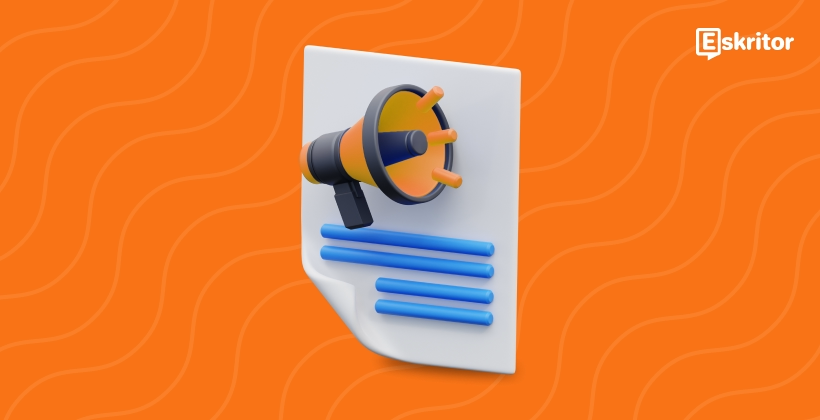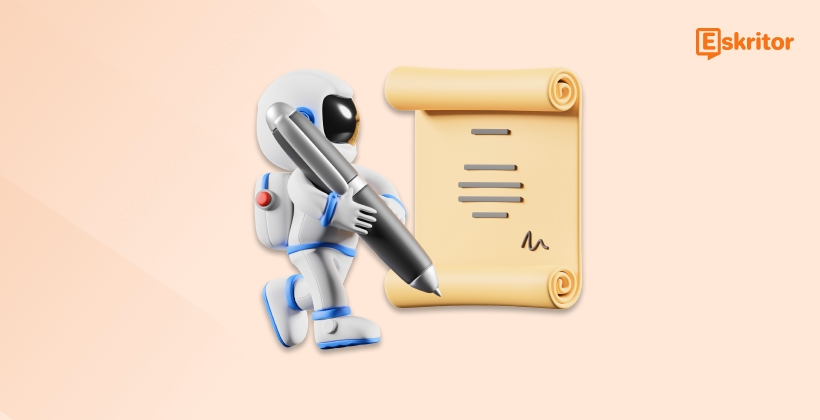The Role of AI in Modern Editing Practices
The Role of AI in Modern Editing Practices
Blog Article
AI Writing Tools vs. Human Writers – A Comparative Analysis
As artificial intelligence (AI) evolves, it remains to revolutionize how exactly we method modern editing practices. From grammar correction tools to sophisticated content generation systems, AI Editing is reshaping the way in which writers, authors, and designers refine their work. That website explores the role AI represents in modern modifying and the impact it has across industries.

AI-Powered Instruments Primary the Demand
AI-powered instruments are becoming an crucial part of editing workflows. Pc software fueled by organic language handling (NLP) and unit learning can do projects like grammar checks, stylistic ideas, and phrase restructuring with extraordinary rate and accuracy.
As an example, AI-based syntax pieces can identify problems that the human eye may possibly neglect, such as subject-verb contract issues or misplaced modifiers. Similarly, type improvements created by AI make certain that tone and movement align with the intended audience, that will be priceless for professional editors.
These instruments are not just limited to standard grammar corrections. They can handle improving readability, transforming passive style to productive voice, and even paraphrasing whole paragraphs without adjusting the meaning.
Efficiency Matches Time Savings
Reports reveal that the usage of AI resources may lower modifying time by up to 30%. As opposed to poring over every sentence manually, publishers may concentration their attempts on innovative and proper components of content. This change allows professionals to manage larger amounts of text in smaller times, which will be particularly important for industries like publishing and electronic marketing.
Additionally, predictive AI features can highlight repeating problems, supporting writers improve their abilities over time. For organizations, that equals fewer resources spent on revisions and more refined results from the start.
Enhancing Supply and Globalization
AI's role in contemporary modifying extends beyond efficiency. Sophisticated translation and localization instruments allow designers to adapt material easily for worldwide audiences, deteriorating language barriers with precision. This technology assures that the same information may resonate with countries global while retaining its authenticity.
AI also raises inclusivity criteria by increasing convenience in content. As an example, calculations may recognize possibly non-inclusive language and suggest alternatives. This potential allows editors to refine writing so that it resonates with diverse audiences.

Striking a Balance Between AI and Individual Creativity
While AI excels in rate and precision, it does not replace individual editors. Products frequently lack the ability to interpret nuance, emotion, or social situation fully. The ideal program combines AI's effectiveness with individual creativity and insight, leading to truly extraordinary work.
By leveraging these systems in contemporary editing methods, designers and editors equally may create top quality content that aligns with the fast-paced requirements of today's digital world. AI may be the potential of modifying, however the human touch will always be needed for storytelling and connection. Report this page